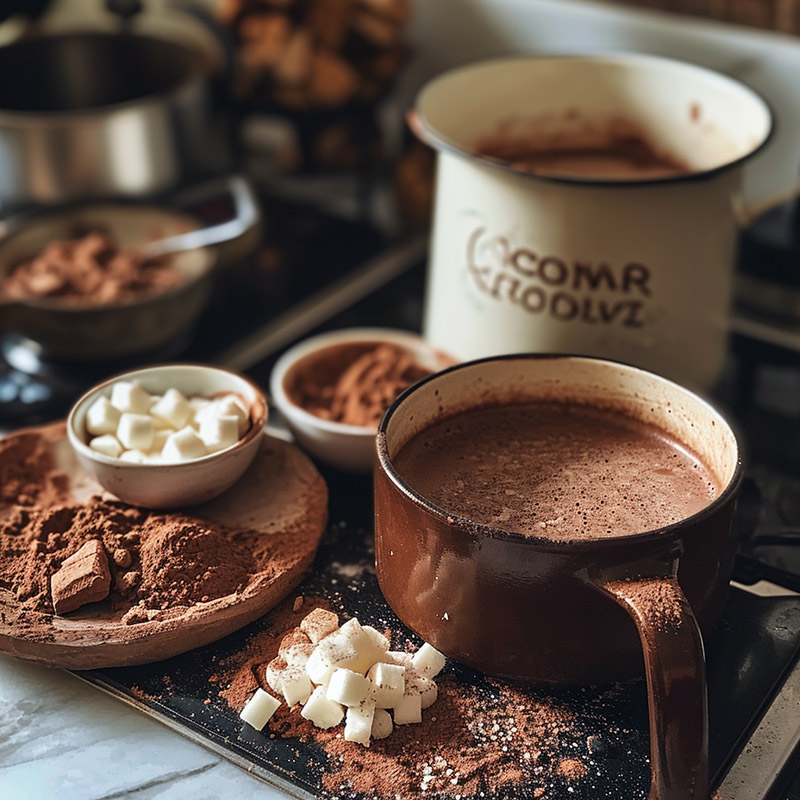
Hot cocoa, often synonymous with comfort and warmth, is a beloved beverage enjoyed by people of all ages around the world, especially during colder months. This delightful drink is more than just a winter staple; it's a symbol of coziness, nostalgia, and simple pleasures.
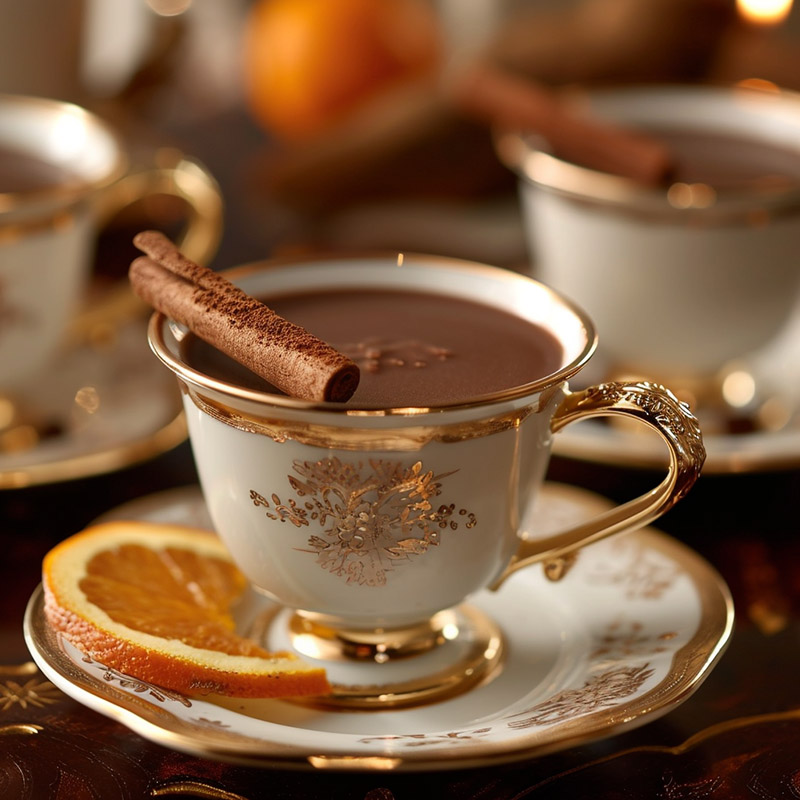
The basic ingredients of hot cocoa are cocoa powder, sugar, and milk or water. Cocoa powder, made from fermented, dried, and roasted cacao beans, is the key ingredient that gives the drink its characteristic chocolatey flavor. Unlike hot chocolate, which is made from melted chocolate bars and tends to be richer and thicker, hot cocoa is lighter in texture but still offers a strong, pleasantly bitter chocolate flavor that can be adjusted according to taste.
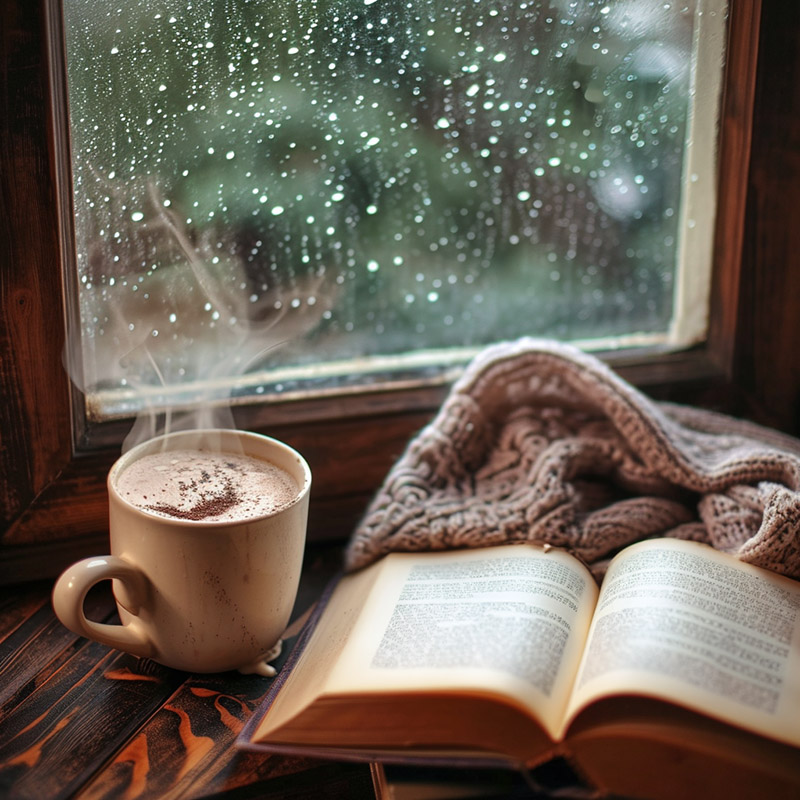
One of the primary appeals of hot cocoa is its versatility. It can be customized in numerous ways to cater to different palates. For a richer taste, milk or a combination of milk and cream can be used instead of water. Sweeteners can vary from traditional white sugar to honey, maple syrup, or even sugar substitutes. Spices like cinnamon, nutmeg, or a pinch of salt can be added for additional flavor depth. For those who enjoy a bit of contrast, a dash of chili powder can offer an intriguing kick.
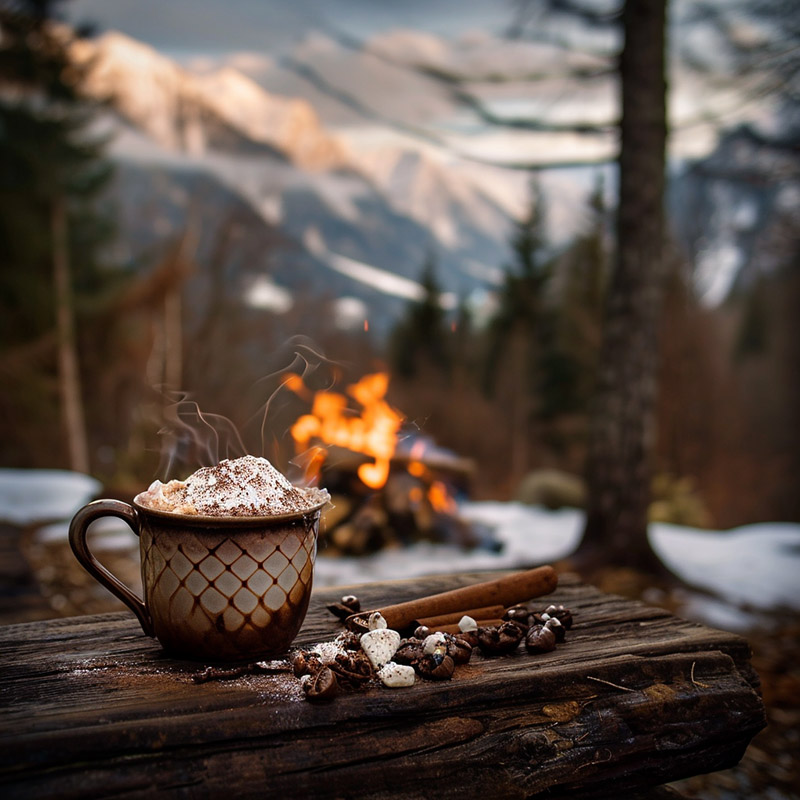
Hot cocoa is often garnished with toppings to enhance its taste and visual appeal. A dollop of whipped cream, a sprinkle of cocoa powder or cinnamon, marshmallows, and chocolate shavings are popular choices. During the holiday season, peppermint sticks or a splash of peppermint extract can transform it into a festive treat.
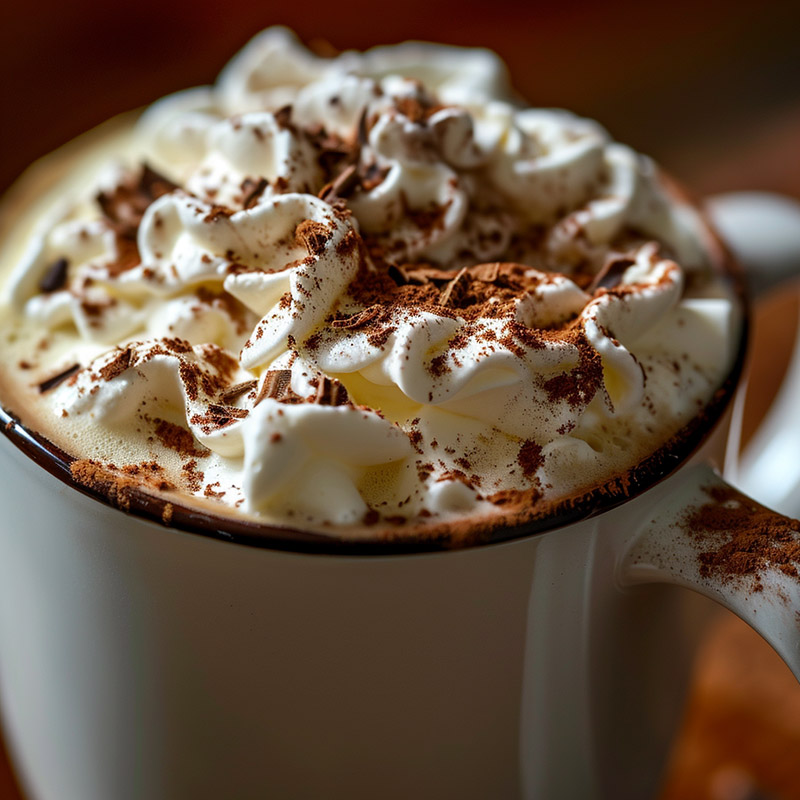
Beyond its delicious taste, hot cocoa is imbued with emotional and cultural significance. It's a beverage that many associate with fond memories – like sipping a warm cup by the fireplace, after playing in the snow, or while wrapped in a cozy blanket watching a favorite movie. It's a staple at winter gatherings and holiday celebrations, adding to the festive atmosphere.
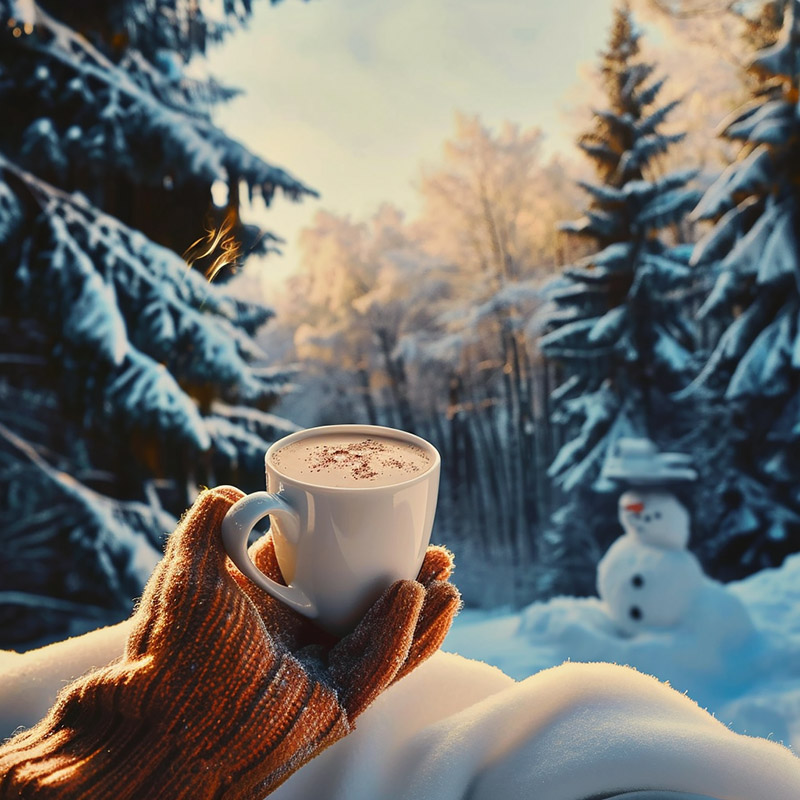
There's also a comforting ritual in the preparation of hot cocoa. The process of heating the milk or water, whisking in the cocoa powder, and watching it transform into a steaming cup of chocolatey goodness is as much a part of the experience as the actual drinking.
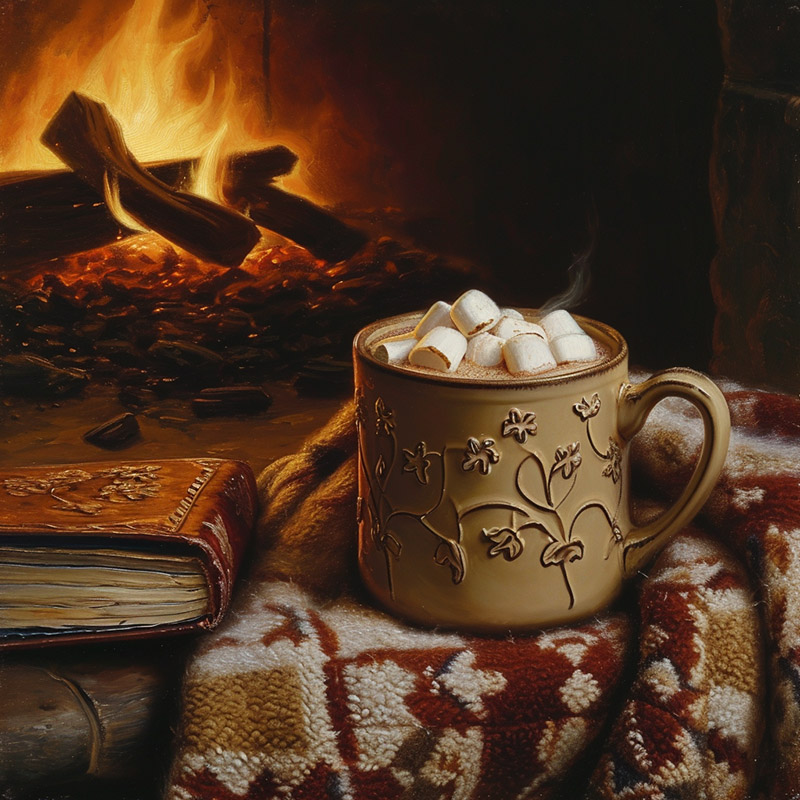
In terms of health benefits, when made with high-quality cocoa powder and consumed in moderation, hot cocoa can be a delightful treat that's also good for you. Cocoa is rich in antioxidants, particularly flavonoids, which have been linked to various health benefits such as improved heart health and brain function. However, it's important to be mindful of the sugar content, especially if consuming it regularly.
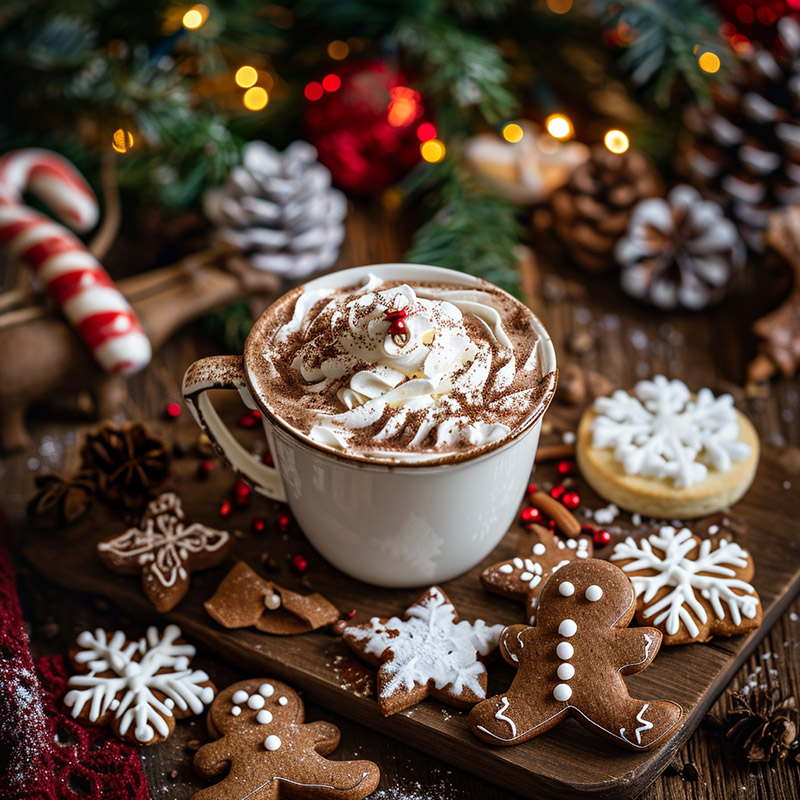
Hot cocoa is a heartwarming experience. Whether enjoyed as a special treat, a means to warm up on a cold day, or a comforting ritual, hot cocoa holds a special place in the hearts of many as a symbol of warmth, comfort, and simple joy.
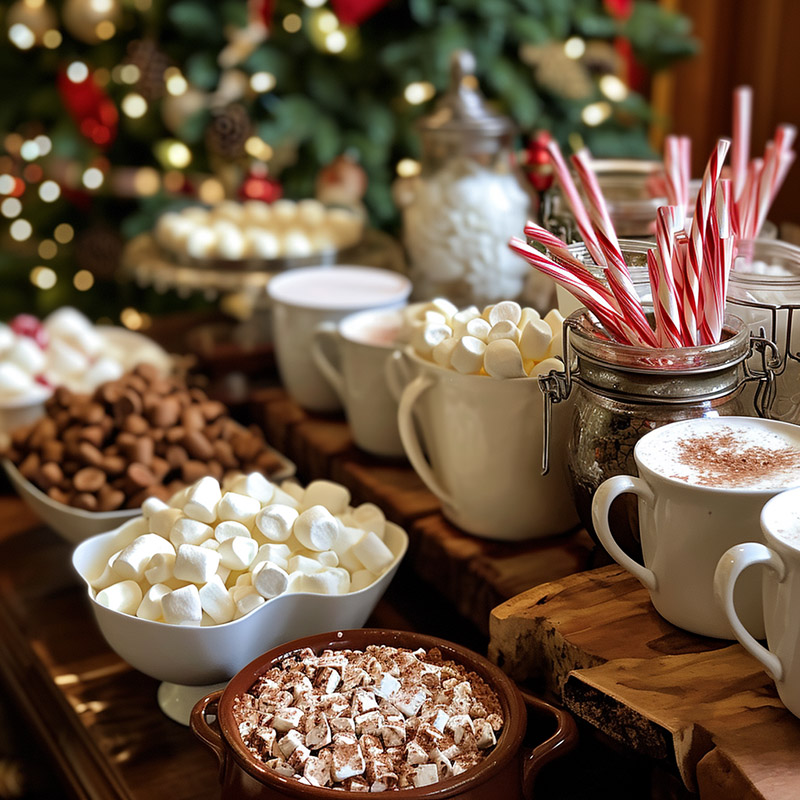
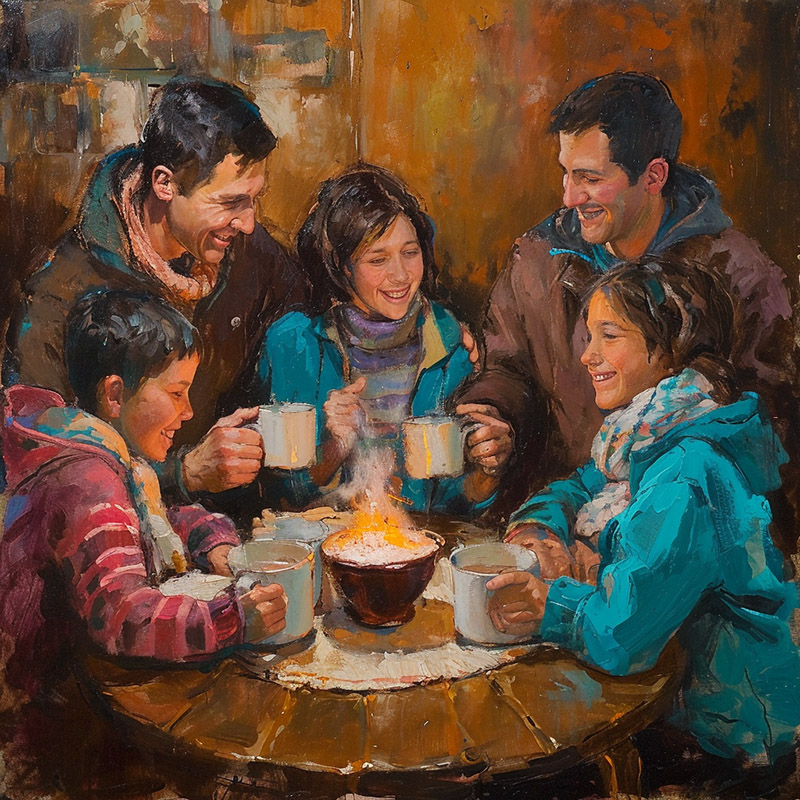
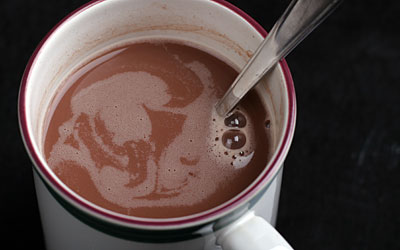
There is a new reason to enjoy hot cocoa on a cold winter's night in front of a cozy fire. Consider it a health drink.
Beyond the froth, cocoa teems with antioxidants that prevent cancer, Cornell University food scientists say. Comparing the chemical anti-cancer activity in beverages known to contain antioxidants, they have found that cocoa has nearly twice the antioxidants of red wine and up to three times those found in green tea.
Their finding was published in 2003 in the American Chemical Society's Journal of Agriculture and Food Chemistry, a peer-reviewed publication.
Scientists have long known that cocoa contains antioxidants, but no one knew just how plentiful they were compared with those in red wine and green tea.
The Cornell researchers, led by Cy Lee, chairman of the Department of Food Science and Technology at the university's New York State Agricultural Experiment Station in Geneva, New York, say the reason that cocoa leads the other drinks is its high content of compounds called phenolic phytochemicals, or flavonoids, indicating the presence of known antioxidants that can stave off cancer, heart disease and other ailments. They discovered 611 milligrams of the phenolic compound gallic acid equivalents (GAE) and 564 milligrams of the flavonoid epicatechin equivalents (ECE) in a single serving of cocoa. Examining a glass of red wine, the researchers found 340 milligrams of GAE and 163 milligrams of ECE. In a cup of green tea, they found 165 milligrams of GAE and 47 milligrams of ECE.
"If I had made a prediction before conducting the tests, I would have picked green tea as having the most antioxidant activity," said Lee. "When we compared one serving of each beverage, the cocoa turned out to be the highest in antioxidant activity, and that was surprising to me."Phenolic compounds protect plants against insects and pathogens, and they remain active even after food processing. A decade ago "food scientists did not know that phenolics had an important role in human health," says Lee.
Lee and his colleagues used two chemical tests that measured how well the cocoa compounds scavenge for free radicals -- agents that cause cancer, heart disease and other diseases.
In the paper, the researchers discuss eating chocolate bars instead of drinking cocoa. "Although a bar of chocolate exhibits strong antioxidant activity, the health benefits are still controversial because of the saturated fats present," the researchers write. They explain that cocoa has about one-third of a gram of fat per one-cup serving, compared with eight grams of fat in a standard-size 40-gram chocolate bar.
Faced with the confusing prospect of drinking red wine or green tea or cocoa, Lee suggests enjoying all three in different parts of the day. "Personally, I would drink hot cocoa in the morning, green tea in the afternoon and a glass of red wine in the evening. That's a good combination," he says.
The research paper is titled "Cocoa Has More Phenolic Phytochemicals and a Higher Antioxidant Capacity than Teas and Red Wine." Lee's collaborators are his former graduate student, Ki Won Lee; Hyong Joo Lee, a professor at Seoul National University, South Korea; and Young Jun Kim, a post-doctoral researcher at Cornell. The research was funded in part by the BioGreen 21 Program, Rural Development Administration, Republic of South Korea.